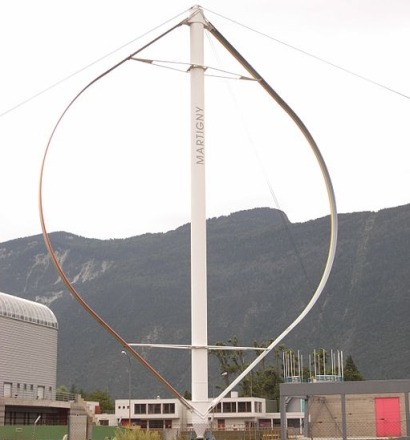
The Woolcock Institute of Medical Research in Australia examined how infrasound from wind turbines impacted 37 healthy adults with sensitive hearing. The test lasted 72 hours.
Head researchers enclosed the participants in a sleep lab and exposed testers to unique sounds, including replicated turbine infrasound. There was also a control group with exposure to no noise. Infrasound is hardly detectable by the human ear, so the groups with no noise and infrasound were oblivious to which group they were in.
The result of the study is that no participant developed wind turbine syndrome. The research asserts it is more likely people experience psychosomatic symptoms instead of the infrasound causing it. Everything generates infrasound—from crashing waves to thumping heartbeats.
This groundbreaking study will spark subsequent research in the field to corroborate the claim. Wind farms are not the only renewable energy source with queries about human health, and it is vital to debunk or unpack them.
Scientists can prove the safety of wind farm noise as much as they want, but massive blades still produce noise pollution. Most turbines are horizontal-axis wind turbines. Vertical-axis alternatives, such as Savonius turbines, are becoming popular for being smaller and less strenuous on the ears. They are less domineering and more capable of urban incorporation, which minimizes land use debates over wind adoption.
Building-integrated wind turbines (BIWTs) are another solution. BIWTs must have less noise output because installers affix them inside building structures. Shorter blades combined with infrastructure dampens sound. Blade coatings help adjust pitch, too. Additionally, their placement allows high energy-harnessing potential with lower rotational speeds, reducing opportunities for noise pollution.
Innovation of quieter turbines is critical because removing this pain point redirects focus to other potential concerns with wind farms. Advocating their benefits alongside research is the best way to support their relevance while waiting for data to catch up.
For example, activists and those interested in energy must discuss how traditional heating and cooling systems require more maintenance to reduce the 17 million who suffer asthma in the United States. Adding clean wind power to the equation makes machinery cleaning more accessible and helps human health instead of harming it with wind turbine syndrome.
The Woolcock Institute of Medical Research study spread education on the nonexistence of wind turbine syndrome to permanently change the landscape for renewable energy discourse. Renewable energy needs citizen buy-in, and disproving dubious assumptions encourages truth-seeking habits.
Climate crisis conversations are rife with politicized claims, and energy professionals and researchers adjust these conversations to objective discussions based on scientific evidence. Research is the most influential way of reinforcing new expectations and catalyzing productive questions, such as:
Noise pollution remains a problem for residents near wind farms, but at least they can rest knowing it is not damaging their health. Turning down the volume on the powerful blades is the next step to enhancing their legitimacy. It is already happening with innovations in smaller turbines with urban integration capabilities. The attitude to wind farms must transform to affirm their likelihood of success, which research and development solidifies.

